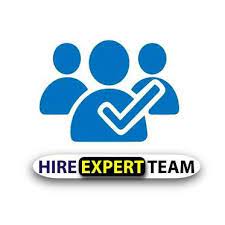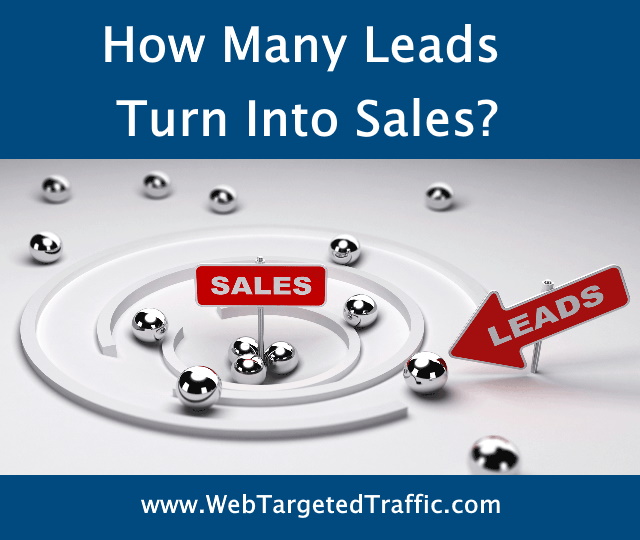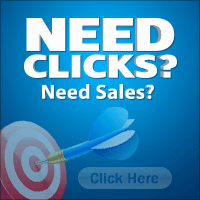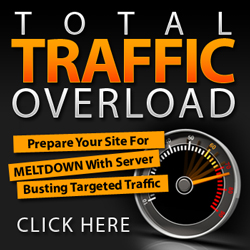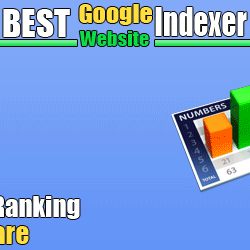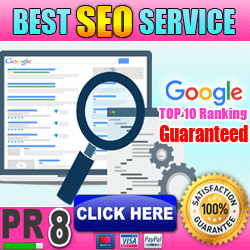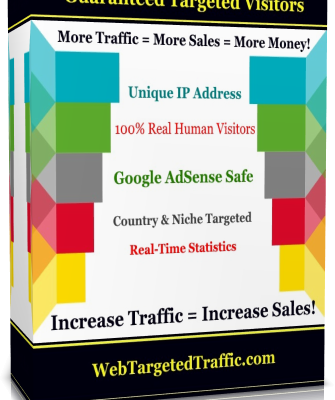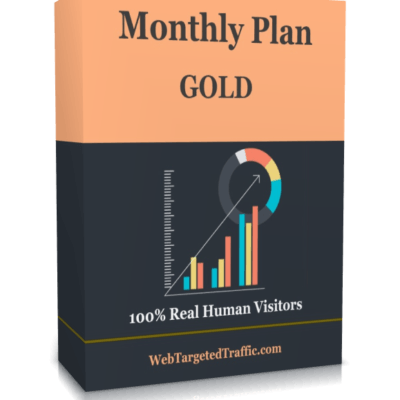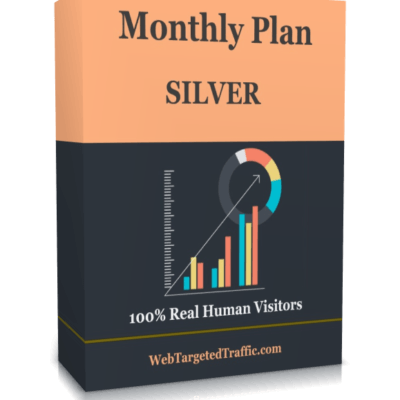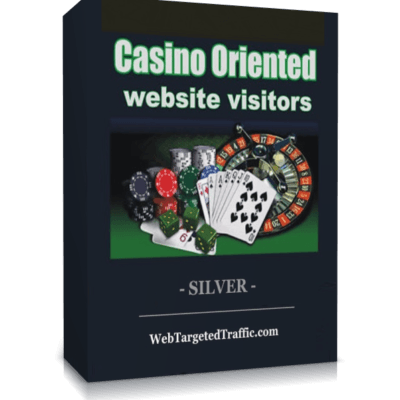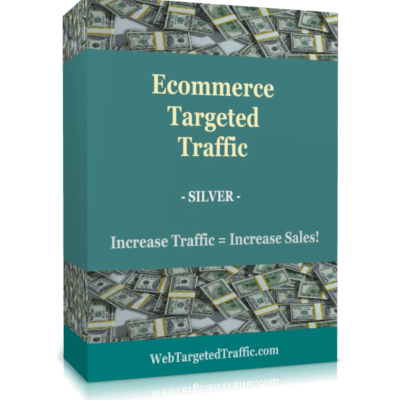Table of Contents
What is a Lead?
In marketing terms, a lead is any person or entity (as in a business) that is potentially interested in purchasing your product or service. Some leads are going to be better than others.
A “hot lead” might be more qualified (more ready to buy) than say a “cold lead” that needs more convincing before pulling the trigger. For this reason, a hot or warm lead would be understandably more valuable to you than a cold lead… But how valuable?
We’ll explore the value of a lead more in-depth in a bit, but first, let’s talk about conversions.
What is a Conversion?
A conversion is any action that you define. It could be a purchase, an old-fashioned phone call, contact form submission, newsletter signup, social share, a specified length of time a visitor spends on a web page, playing a video, a download, etc.
Many of the small businesses that I meet only have a gut sense of where their new business comes from because they haven’t been tracking conversions.
Knowing your conversion rate(s) is a first step in understanding how your sales funnel is performing and what marketing avenues are giving the greatest return on investment (ROI).
Conversion Rate and How to Calculate It
Once you have defined what conversions you want to track, you can calculate the conversion rate. For the purposes of the following example, let’s call a conversion a sale.
Even if you’re still in the dark ages without a viable website, as long as you are tracking the number of leads you get and the number of resulting sales (conversions), you can calculate your conversion rate like so…
Conversion Rate = Total Number of Sales / Number of Leads * 100
Example: Let’s say you made 20 sales last year and you had 100 inquiries/ leads. Your sales to lead conversion rate would be 20%.
If you’re tracking conversions from website leads, your formula looks like so:
Conversion Rate = Total Number of Sales / Number of Unique Visitors * 100
Example: If you made 20 sales in a month and you had 2,000 unique visitors to your site, your conversion rate would be 1%.
What is The Value of a Lead?
The value of something is what it’s worth to you. If you sell lawn irrigation systems at an average price of $2,000 installed and you turn a lead into a sale, then that lead is worth $2,000 to you.
However, we know that not every lead you get will end in a sale. In reality, you might only turn two out of 10 inquiries into a sale. That would make your conversion rate 20% (2/10 * 100 = 20).
That means you can expect to generate about $4,000 from your 10 leads (2 sales @ $2,000 ea). That’s because we know on average you are closing 2 out of 10 sales, a 20% conversion rate. This means that the value of one lead is actually $400 (4,000/10).
Here’s the formula:
Lead Value = Value of Sale / Number of Leads
The previous example is a bit simplistic and you can get much deeper with this stuff. As we discussed earlier, some leads will be more qualified than others and we will also want to look at what the actual profit is – not just the revenue. More on that in a minute.
How to Leverage Lead Value to Your Advantage
Understanding your sales funnel, can help you determine the number of leads you need to get each month, how much you can safely spend on advertising, and what you can expect in return.
Example: Let’s say you need to generate $15,000 per month to float your irrigation business. Based on your conversion rate of 20% (2 sales / 10 leads x 100 = 20) from the previous example, you already know that each lead is worth about $400 (4,000/10).
This means, you would need about 37-38 leads per month (15,000 / 400 = 37.5) to make about 7-8 sales ($2,000 ea) and generate $15,000 in revenue.
(Note: This is a very simple example using revenue generated. A more accurate option would be to use the profit generated by sales and not just the revenue, but many businesses have difficulty defining this number so we use revenue as a guide.)
Example: If each sale of $2,000 actually costs you $1,000 to deliver, the profit on each sale is really $1,000. To get a return on your “advertising spend,” you’ll actually need to generate 75 leads to reach your $15,000 monthly goal.
The math:
1 sale = $1,000 profit
Conversion rate = 20% (2/10 * 100 = 20%)
Average lead Value = $200 ($2,000 /10 = $200)
Leads needed = 75 ($15,000 / $200 = 75)
Even if you use revenue instead of actual profit, as long as you are constantly tracking these metrics, you will be able to make much more informed decisions.
So…What percentage of leads turn into sales?
Different sources give different data. Nevertheless, the latest studies suggest that around 10% to 15% of leads turn into deals. In order to know whether that is enough for your business or not, you need to be able to manage your data and calculate your leads the right way.
Lead to Sale Conversion Rate is a metric that measures how effective the sales team is at converting a prospective customer, called a lead, into a paying customer. The generation of leads is the responsibility of marketing, and the conversion of these leads into customers is the responsibility of sales. Knowing your conversion rate is critical to understanding how your sales team is performing, and to establishing which marketing channels are most impactful.
In the business world, things aren’t always so simple. Not all sales are going to be equal. Some sales will be a home-run and others won’t.
Also, the conversion rates are going to be different depending on the traffic source. You may find that leads generated by paid search convert better because you’ve been hyper-focused on your advertising, using keywords with extremely high commercial intent and/or targeting customers that are very local to you.
A good conversation is the best way to assess a company’s interest. I’ve found email to be an excellent way to create a one-on-one dialogue by asking questions as well. Use data from your lead-nurturing and lead-scoring systems to have relevant chats with prospects.
Based on your company’s value proposition research, ask questions that show you understand the challenges your prospects face. Introduce ideas about how your business can help them meet those challenges.
Most salespeople are excellent at what they do, and they want to help prospects respond to their challenges. Make sure you give them the highest-quality leads you have.
It’s worth the effort to move through the qualifying process slowly. In this economy, prospects’ buying cycles are getting longer, making it even more important to start out slowly. You’ll earn trust more quickly this way, and you’ll build relationships that actually impact your Sales pipeline.
To maximize website traffic, it is nearly essential for companies to use a combination of both paid and earned media. A company (especially a start-up) may only be able to create paid traffic in the early stages of promotion, but once word begins to spread, earned media can serve as a lucrative complement to paid advertisements.
Targeted Traffic from WebTargetedTraffic automatically monitors and blocks fraudulent clicks on your PPC campaigns without you having to lift a finger. If you’re currently running or planning to run pay per click ads, then having protection is essential.
